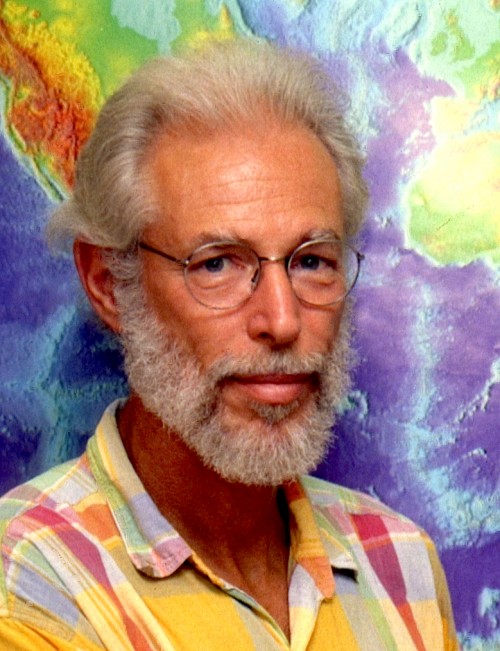Watch this Brock Talk online:
Title
Earth’s Astonishing Climate History
Talk Abstract
Since the time of the French Revolution, physicists and geologists have challenged each other to understand the inner workings of the climate system. The unexpected discovery of the Pleistocene Ice Ages prompted the recognition of global warming, the radiative energy balance and the greenhouse effect. The nonsensical distribution of Carboniferous glacial deposits led to the theory of continental drift. Recently, the implausible theory that the Earth is susceptible to total glaciation, reversible only through tens of millions of years of greenhouse-gas buildup, has been stunningly confirmed by geologists and climate dynamicists. As the 82 million year pan-glacial period corresponds with the first appearance of multicellularity in animals, the challenge of Earth’s astonishing climate history must now engage more deeply evolutionary biology.
Speaker
Professor Paul F. Hoffman, Harvard University and University of Victoria. Paul Hoffman is a known as “one of the most inspiring and charismatic geologists of our time, inspiring a wealth of new research fields…” (Wollaston Medal citation, 2009). Hoffman’s academic career spans nearly half a century. Paul is best known for his penetrating work to verify Snowball Earth, an enigmatic period between 600 and 800 million years ago during which Earth was entirely covered by glacial ice. He has demonstrated that forerunners for the diverse and complex life, which characterizes our planet today, emerged when Earth thawed. His current work explores a connection between snowball Earth and the biodiversity of our current world. Paul’s career has made seminal contributions to our understanding of plate tectonics, Earth’s climatic and glacial histories, the origins of complex life and the philosophy and history of science including elucidating key ingredients for scientific revolutions in Earth science.
